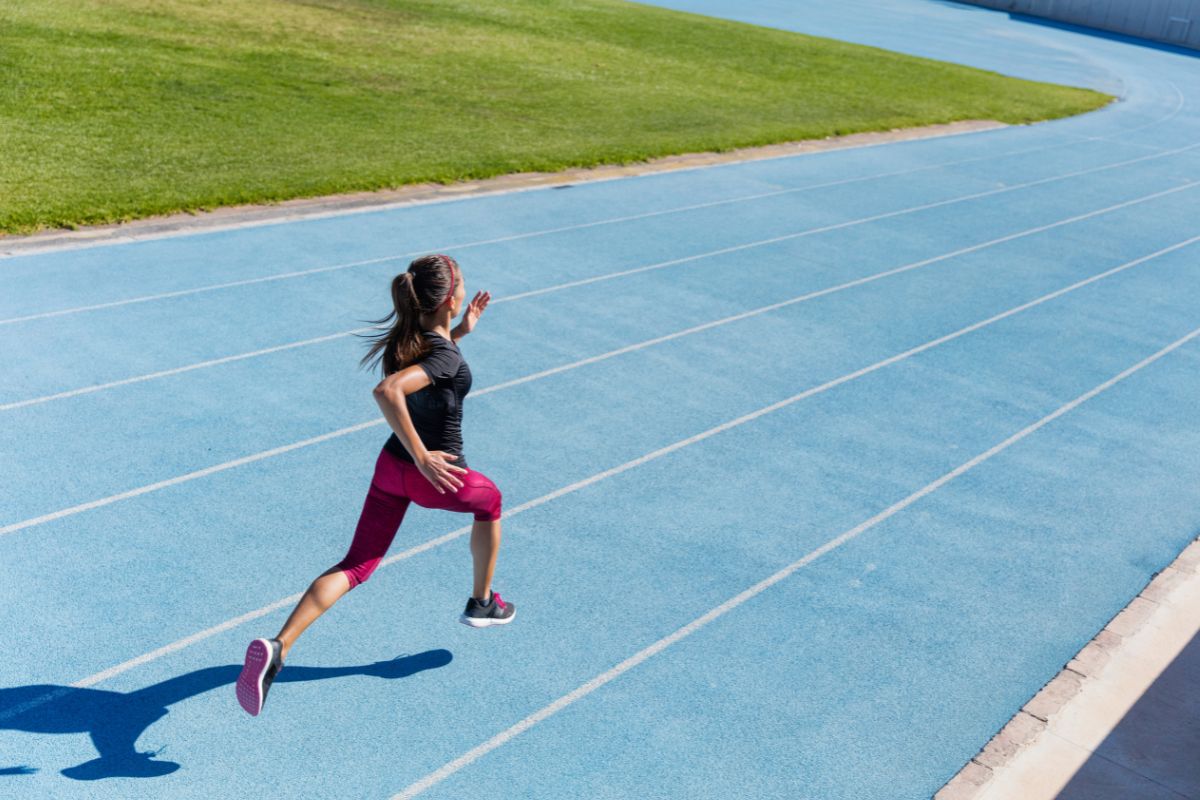Din handlekurv er nå tom!
Ergogenic effects of photobiomodulation on performance in the 30-second Wingate test: a randomized, double-blind, placebo-controlled, crossover study.

Skrevet av
by Cleber Ferraresi, Thomas Beltrame, Fernando Fabrizzi, Eduardo Sanches Pereira do Nascimento, Marlus Karsten, Cristina de Oliveira Francisco, Audrey Borghi-Silva, Aparecida Maria Catai, Daniel Rodrigues Cardoso, Antonio Gilberto Ferreira, Michael R Hamblin, Vanderlei Salvador Bagnato, Nivaldo Antonio Pby Molina Correa, Julio C.; Padoin, Susana; Varoni, Pedro R.; Demarchi, Michelli C.; Flores, Lucinar J.F.; Nampo, Fernando K.; de Paula Ramos, Solangearizotto
Abstract: Molina Correa, JC, Padoin, S, Varoni, PR, Demarchi, MC, Flores, LJ, Nampo, FK, and de Paula Ramos, S. Ergogenic effects of photobiomodulation on performance in the 30-second Wingate test: A randomized, double-blind, placebo-controlled, crossover study. J Strength Cond Res 36(7): 1901–1908, 2022—The purpose of this study was to evaluate the ergogenic effects of red light (630 nm) photobiomodulation on anaerobic capacity in the Wingate test. Sixteen healthy and physically active male volunteers (21.71 ± 2.49 years of age, body mass index between 18.5 and 24.9 kg/m2) participated in this randomized, double-blind, placebo-controlled, crossover study. The subjects performed 3 Wingate test sessions, with a 48-hour interval between tests. In the first session (baseline session, BS), a Wingate test was performed to evaluate the initial performance. Subjects were paired by performance in the BS and allocated through a draw to receive either the phototherapy (630 nm, 4.6 J/cm2, 6 J per point, 16 points, light-emitting diode [LED] session) or placebo intervention (PLA session) in the second test session. In the third test session, a crossover intervention was performed. The repeated-measures analysis of variance test, followed by Bonferroni post hoc test or Friedman test with Dunn’s post hoc test (p < 0.05) and Cohen’s d statistic were used for comparisons.
Key points:
- The LED session with phototherapy promoted an increase in performance in peak power (p < 0.05), relative power (p < 0.05), RPMpeak (p < 0.05), and peak velocity (p < 0.05), as well as total displacement (p < 0.01) compared with PLA.
- The mean power (p < 0.05), relative power (p < 0.05), RPMmean (p < 0.01), and mean velocity (p < 0.01) were higher in the LED session than those of BS.
- We concluded that phototherapy improves performance in Wingate anaerobic exercise, possibly due to large effects on the anaerobic alactic metabolism.